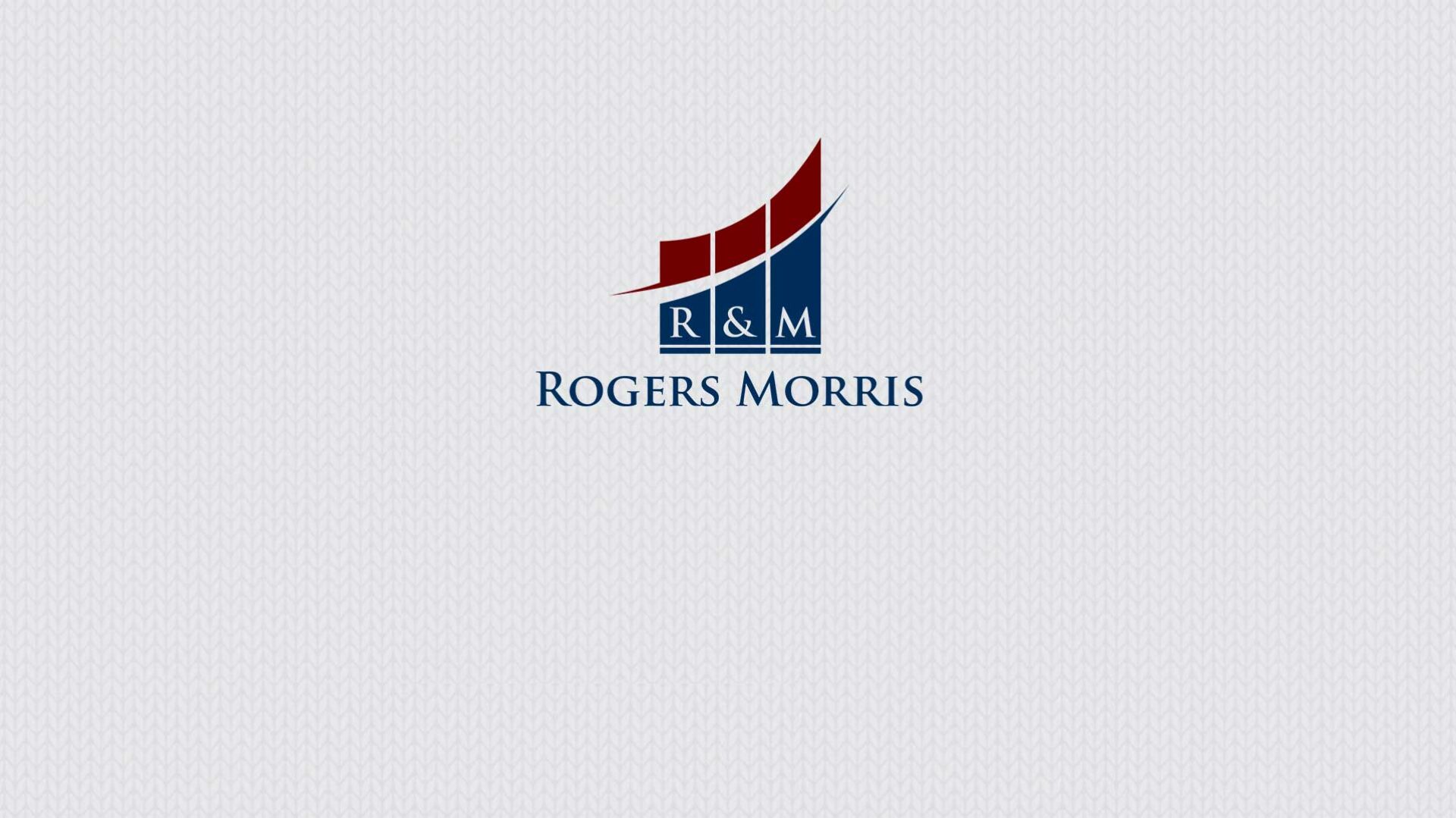Investors, the business community and the Australian economy needs an efficient market for capital. In other words, there should be a linear relationship between return on investment and risk[1], investors should have equal access to investment opportunities and businesses should have access to all capital markets. Unfortunately, the market for capital in Australia is far from efficient.
It is generally much more difficult for unlisted businesses to secure additional capital than it is for large listed companies and those that are successful pay a handsome price for it. For example, unlisted companies generating EBITs of $3–10 million pa are generally valued on 4 to 6 times EBIT, which (with some debt funding) equates to PE multiples of 3.17 to 5.04 times, a 19.8% to 31.5% pa cost of equity. The S&P/ASX 300 on the other hand was trading at 30 June 2019 on a PE of 17.54 times, equating to a 5.04% pa cost of equity.
The market for capital is also inefficient for investors – as most Australians are effectively denied the opportunity to invest in unlisted companies. This is due to a combination of the regulatory requirements imposed on companies seeking capital from ‘retail’ investors and the regulatory requirements imposed on firms providing financial advice. The insurance cover taken by these firms also restricts them from alerting clients to opportunities to invest in unlisted securities. Individuals are also effectively denied the opportunity to invest indirectly in unlisted companies through superannuation or other managed funds. Even those who fall outside the ambit of ‘retail’ investors have great difficulty sourcing investment opportunities, assessing the merits of any presented to them and obtaining a responsible level of investment diversification. As a result, many people are unable to invest in unlisted companies. Instead, they generally invest in managed funds, whose long-term returns have been significantly lower than the returns implied in the value multiples of well-established, profitable, unlisted companies. According to APRA’s Annual Superannuation Bulletin 2019 the 10-year average annual returns for corporate, industry, public and retail funds was a paltry 5.7% per annum. Since the start of that period was during the height of the GFC it’s worth considering the returns over 11 years to 30 June 2018, which were only 4.6% per annum.
Compounding the problem for both unlisted companies and individual investors is the fact that the superannuation funds are managing an astonishingly large sum of money, reported to be well over a trillion Australian dollars, but invest only a minuscule proportion of it in unlisted companies in Australia. As a result, the superannuation fund industry is in effect depriving unlisted companies in Australia of the capital needed to achieve their potential, depriving their investors of higher investment returns and generally impeding the growth of the Australian economy.
The fact that the Australian market for capital is inefficient for unlisted companies, presents a potentially lucrative opportunity for investors, one where they can generally expect to earn much higher annual and total returns from investments in unlisted companies than they could reasonably expect from investments in large listed companies.
Let’s consider a hypothetical example: Two companies, a relatively large one listed on the ASX and a relatively small unlisted company, both supply a similar product to the same customers in a growing industry. The larger company producing a ‘long-run’ product, the smaller one a specialized ‘short-run’ product. Let’s also assume they produce the same healthy return on shareholder funds every year. If the larger one’s market capitalization falls well within the S&P/ASX 300, it would probably trade on a PE multiple of at about 17.5 times. If the smaller one’s annual EBIT is about $5 million it would probably be valued on a PE of about 4.5 times. In this case the person investing in the larger ASX listed company would earn a return of 5.7% per annum (excl. franking credits), whereas the person who invested in the unlisted company would earn a return of about 27.6% per annum (excl. franking credits)
This example demonstrates that investors in well-established, unlisted companies with capable management that generate sustainable profits can expect a significantly higher annual return than investors in large listed companies. The same applies to the investors’ total return on investment.
There are however some challengers for prospective investors in these unlisted companies to overcome, such as: sourcing investment opportunities, assessing the merits of each, liquidity and getting a prudent level of portfolio diversification. These challenges are not insurmountable.
We all (investors, many Australian businesses and the general population) need these challenges to be overcome. By improving access to capital for businesses and access to investment opportunities for individuals, investors would get higher returns, more businesses would get the capital needed to reach their potential, more employees would get promotion opportunities and higher wages, the unemployment and under employment rates would drop and consumers would spend more, save more and pay more in taxes.
The first step is for investors to at least consider the prospect of investing in well-established unlisted companies with capable management that generate sustainable annual profits.
Written by: Mark M.J. Morris of Rogers Morris Pty Limited, an investment business focused on unlisted securities
[1] where incremental increases in risk are matched by incremental increases in the investor’s expected return
